#silver bullet; the howling (1981); ginger snaps 2; van helsing
Explore tagged Tumblr posts
Text
ive said it before and ill say it again, but enid sinclair in wednesday is soooo fun as a werewolf mostly because she goes against all genre standards for werewolves!!! werewolves are so often relegated to just one of a couple categories:
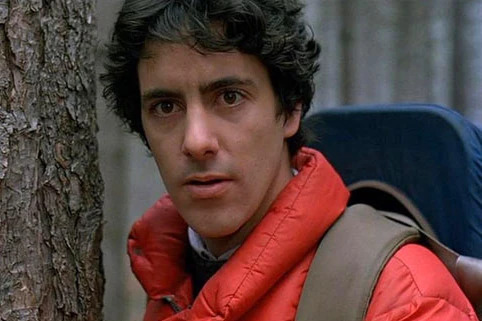

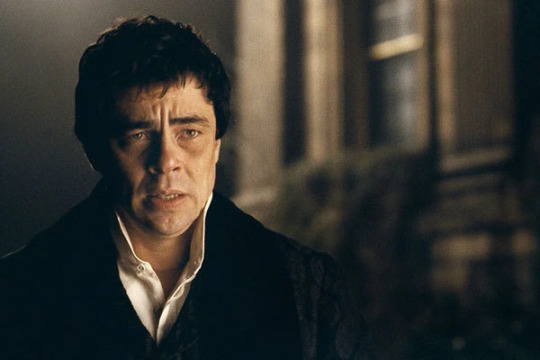
the genre standard werewolf protagonist. probably broody, fighting with their nature, and dies a tragic death.
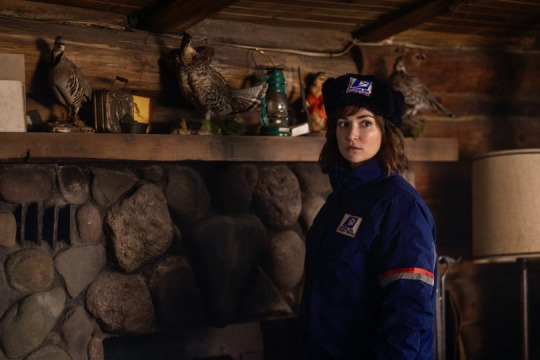
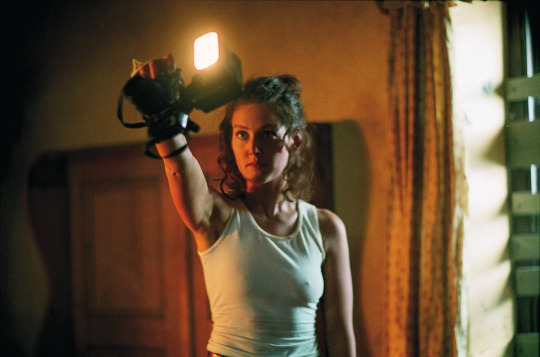
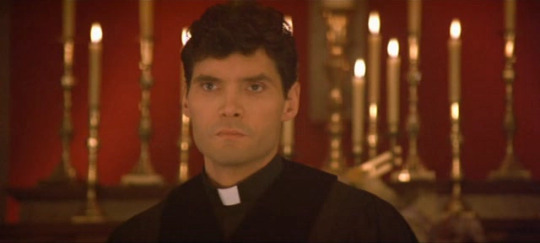
the antagonist werewolves. oftentimes comes with a twist reveal. they always die, probably at the hands of the protagonist.

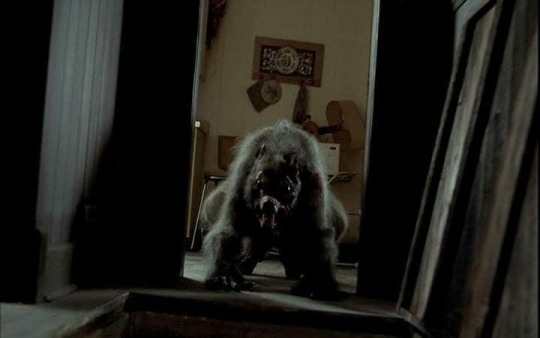
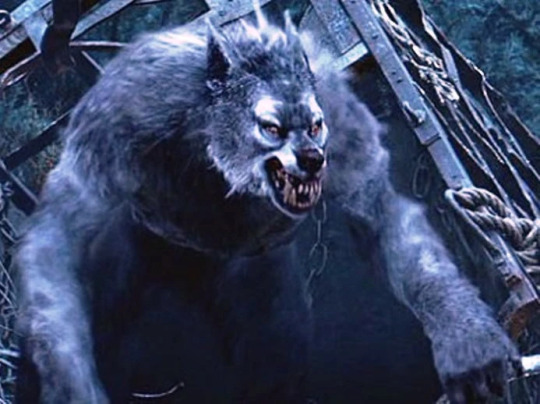
The Beast. hardly even a character, basically just a monster. likely not shown out of wolf form much, if at all.
there are other movies with werewolves that fall outside of these of course, but they're the three most common (arguably). HOWEVER. werewolf fiction as a genre en total has a pretty grim tone with a focus on horror/tension. even the most genre defying characters (ginger fitzgerald, for example) fit within that tone
BUT ENID DOESN'T !!! wednesday is a show with a relatively dark tone, but not at all in the same way as typical werewolf fiction. and especially not when it comes to enid or her being a werewolf!!! plus, enid looks nothing like any other werewolves in any other stories.
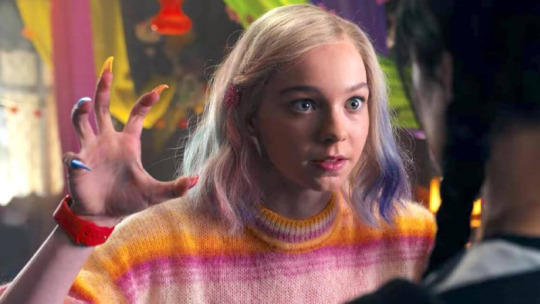
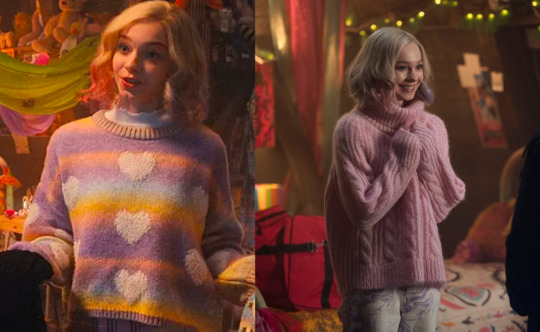
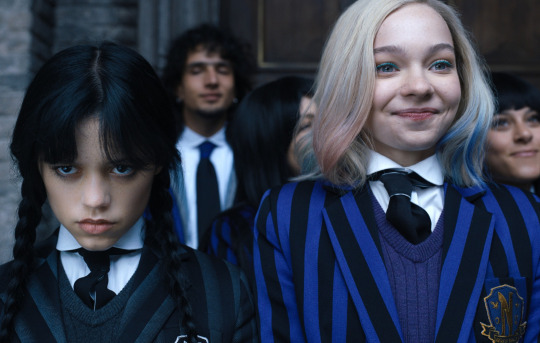
shes COLOURFUL!!!! shes bubbly, sweet, and the only thing she laments about being a werewolf is that her parents put pressure on her about it. its great
sorry to werewolf purists but i think that they should get to have fun and be teenage girls and they should get to live. we deserve more werewolves that get to be werewolves in a fun way. even just as a palette cleanser
#enid is not the only werewolf character to ever do this probably but i will say she is the only one that comes to mind#if ur curious movies in order are : american werewolf in london; the wolf man (1941); the wolfman (2010); werewolves within; dog soldiers;#silver bullet; the howling (1981); ginger snaps 2; van helsing#post that took me like an hour and a half to make because i kept getting distracted and going down rabbit holes abt movies#ramblings#wednesday#werewolfisms#enid sinclair
90 notes
·
View notes
Text
Rampage: Origins: Ralph The Wolf Part 2
Hounds of Hell: Werewolf Movies of the 1980s
At the beginning of the 1980s, classic horror was considered to be passé and corny. However, directors John Landis and Joe Dante were horror fans of the old school and ended up making two landmark werewolf films that both released in 1981:
An American Werewolf in London (1981)

A modern take on The Wolf Man, director John Landis argued with special make-up effects artist Rick Baker about the design of the werewolves (much like in previous films, there is a second one briefly, though the design is the same for both). Baker wanted a more traditional two legged wolfman, but Landis insisted on a “four-legged hound from hell.” Baker based much of the werewolf design on his dog, a Keeshond named Bosco. He had already been working on the effects of another werewolf movie when he was called in by Landis to work on AWIL, forcing Baker to leave the other job in the hands of his protégé Rob Bottin. That film was...
The Howling (1981)



Rob Bottin stuck by Rick Baker’s desire for a two legged werewolf for The Howling, one that was far more wolf-like with oddly oversized ears. The werewolves of this film are able to change at will and aren’t treated as unfortunate victims as in past werewolf films, with some like major antagonist Eddie Quist reveling in killing. While An American Werewolf In London spawned one dubious sequel, The Howling went on to have eight sequels of varying quality. The monstrous wolf on two legs design continued to be the go-to for many decades to come, showing up in films such as Silver Bullet (1985), Dog Soldiers (2002), Van Helsing (2004), and the Underworld film series (2003-2016) though occasionally the quadrupedal hellhound look has also reappeared in films such as the Ginger Snaps trilogy (2000, 2004)
What Rampage Took From 1980s Werewolf Movies



While Ralph’s origins were very humble (the frugal developers wanting to reuse assets from George’s model for another character with a similar macho presence), it’s difficult to deny that his design was influenced by the bipedal wolf beasts that were stalking the screen when Rampage hit the arcade scene in 1986. The artwork on the official promotional flyer also looks eerily similar to The Howling. Interestingly, The Howling III (1987) features a scene early on involving the female lead running away through a city area to avoid a transformation in front of people: one of the locations she runs through is an arcade, where a Rampage cabinet can be spotted briefly in the background.


Ralph got a makeover for Rampage World Tour, gaining spiky blue fur. His expressions became more detailed, showing not only frustration and pain, but also delight at the destruction he causes. The red and yellow eyes and twisted, sharp-toothed grin are almost dead-on for that of Eddie Quist’s transforming face in The Howling.

Universal Tour and Through Time saw Ralph get another upgrade, this time gaining changes to his model design such as a long black mane, anthropomorphic canid legs, a tail and claws on all his paws.

The fact that Universal Tour places the captured Ralph in London, England is also a direct reference to An American Werewolf In London.


Total Destruction combined the best of both worlds, going back to the spiky bright blue fur while keeping the canid legs, claws and a slightly fluffier tail.
#Player 1 (OOC)#Graphics (Images and Aesthetics)#Big Bad Wolf (Ralph)#an american werewolf in london#the howling#rampage arcade#rampage world tour#rampage 2 universal tour#rampage total destruction
27 notes
·
View notes